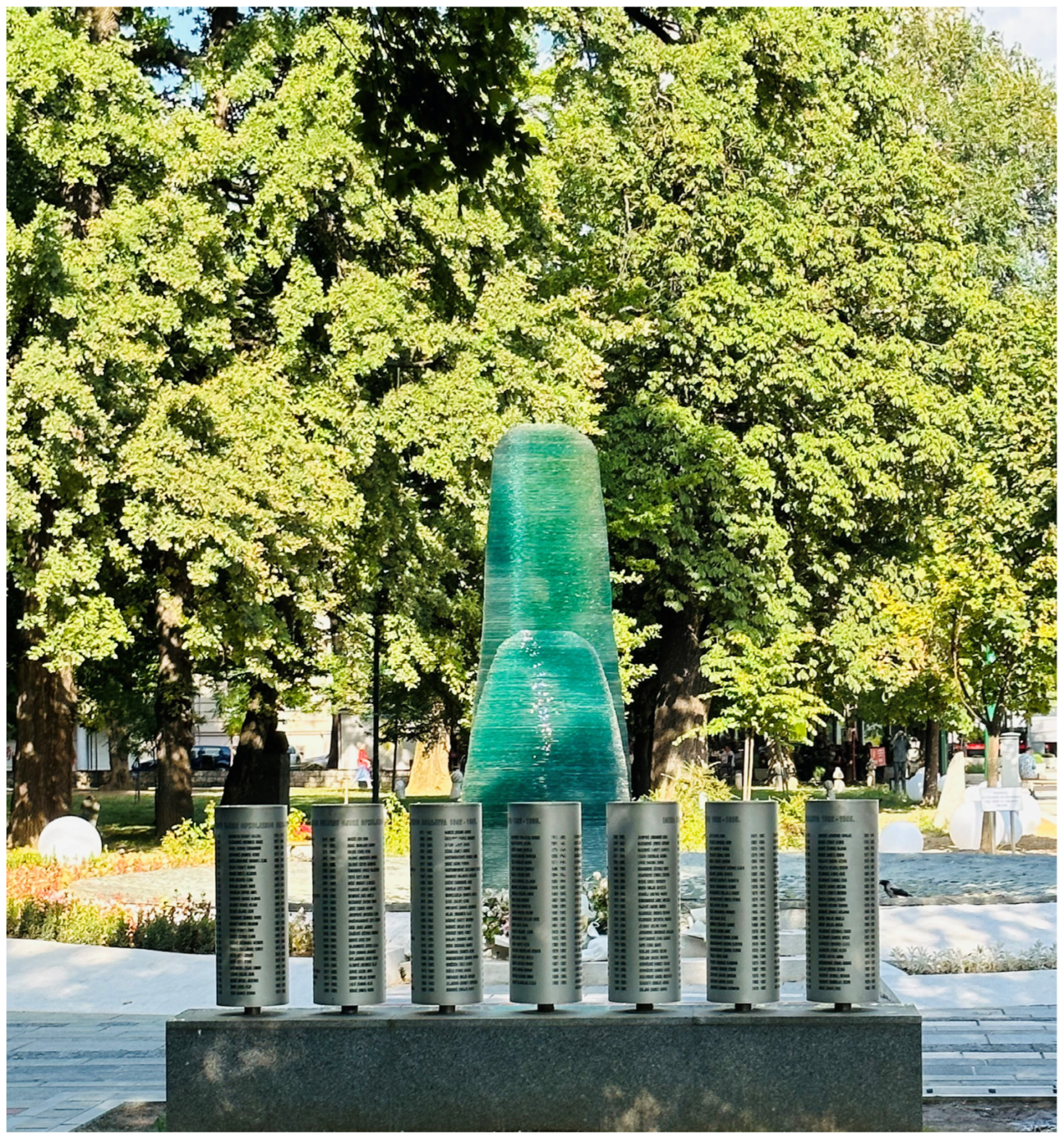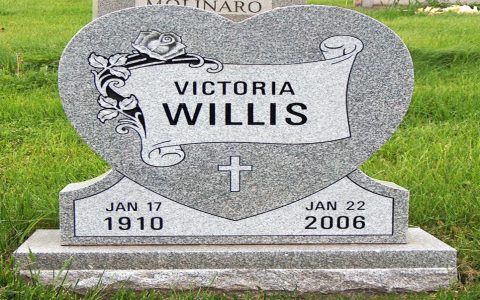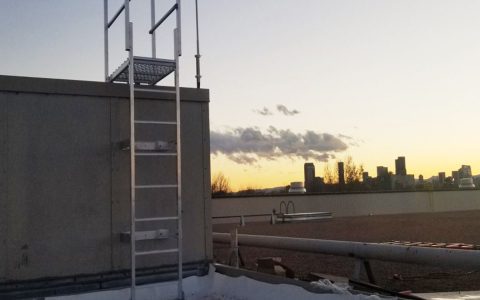Memorial architecture commemorates loss, heroism, or significant events. Understanding the distinctions between cemeteries, statues, and commemorative sites reveals their unique roles and impacts.
1. Cemeteries
Designed for collective, permanent burial and remembrance of the deceased.
- Primary Function: Practical interment of human remains combined with designated space for personal visitation and mourning.
- Design Focus: Structured landscapes (plots, paths), shared memorials, mausoleums. Balance functional needs with serene, respectful ambiance.
- Scope: Extensive land areas; serve ongoing interment needs across generations.
- Visitor Experience: Intimate, personal grief; contemplation; cultural/religious practices.
- Example Context: Arlington National Cemetery embodies collective national honor.
2. Statues/Sculptures
Concentrated representations of specific individuals, concepts, or events.

- Primary Function: Symbolic commemoration; veneration of an individual or concept (e.g., liberty, heroism).
- Design Focus: Figurative or abstract artistry; material selection (bronze, stone); pedestal placement. High artistic value is central.
- Scope: Single focal points occupying smaller spaces (plazas, building exteriors).
- Visitor Experience: Immediate visual recognition; inspiration or reflection; political/social commentary focal points.
- Example Context: The Lincoln Memorial statue anchors contemplation of his legacy.
3. Memorial Sites
Dedicated locations preserving or marking the exact place of significant historical events.
- Primary Function: Anchoring historical memory to specific geography; fostering understanding of event context.
- Design Focus: Integration of physical traces (ruins, battlefield features); interpretive elements (markers, exhibits); landscape design evoking past events.
- Scope: Variable; can range from small preserved fragments to vast landscapes like battlefields.
- Visitor Experience: Sense of place; historical empathy; education about the event's location and consequences; often somber reflection.
- Example Context: Ground Zero preserves the tangible void of the September 11 attacks.
Key Comparative Summary
Function:
- Cemeteries: Burial + Collective remembrance.
- Statues: Symbolic representation.
- Sites: Preservation of historical place/event.
Design Scope:
- Cemeteries: Largest scale, functional landscapes.
- Statues: Smallest scale, artistic singularity.
- Sites: Variable scale, integrates history/place.
Visitor Focus:
- Cemeteries: Personal mourning.
- Statues: Visual veneration/symbolism.
- Sites: Historical understanding/empathy.







